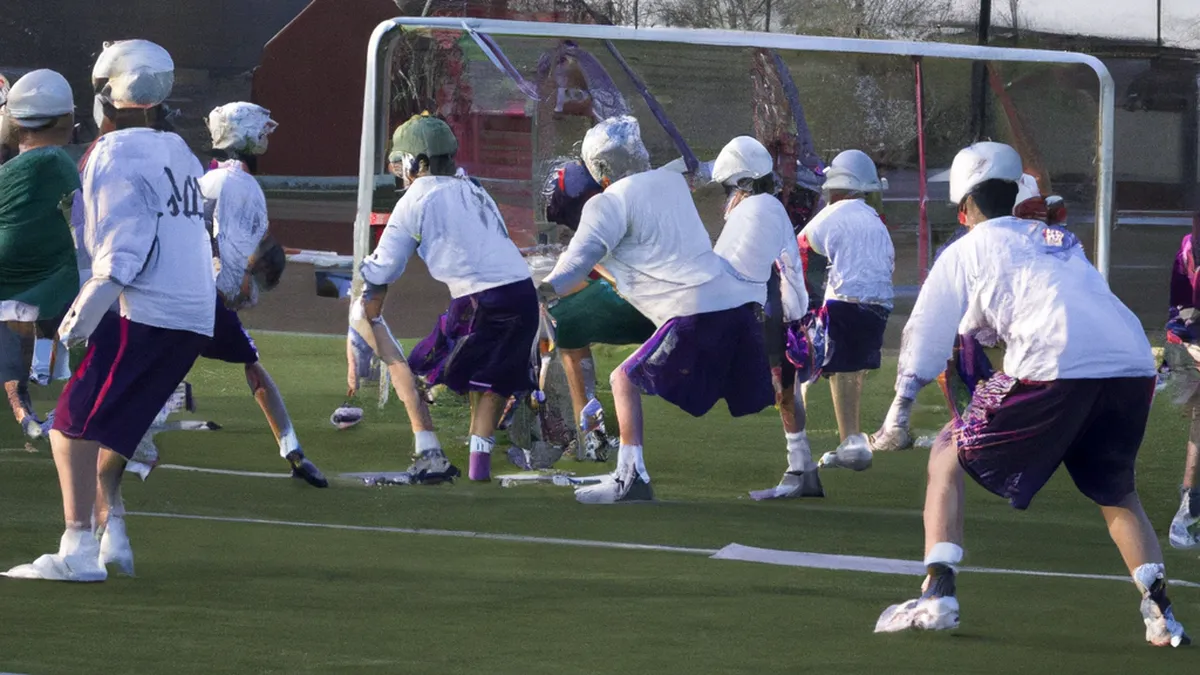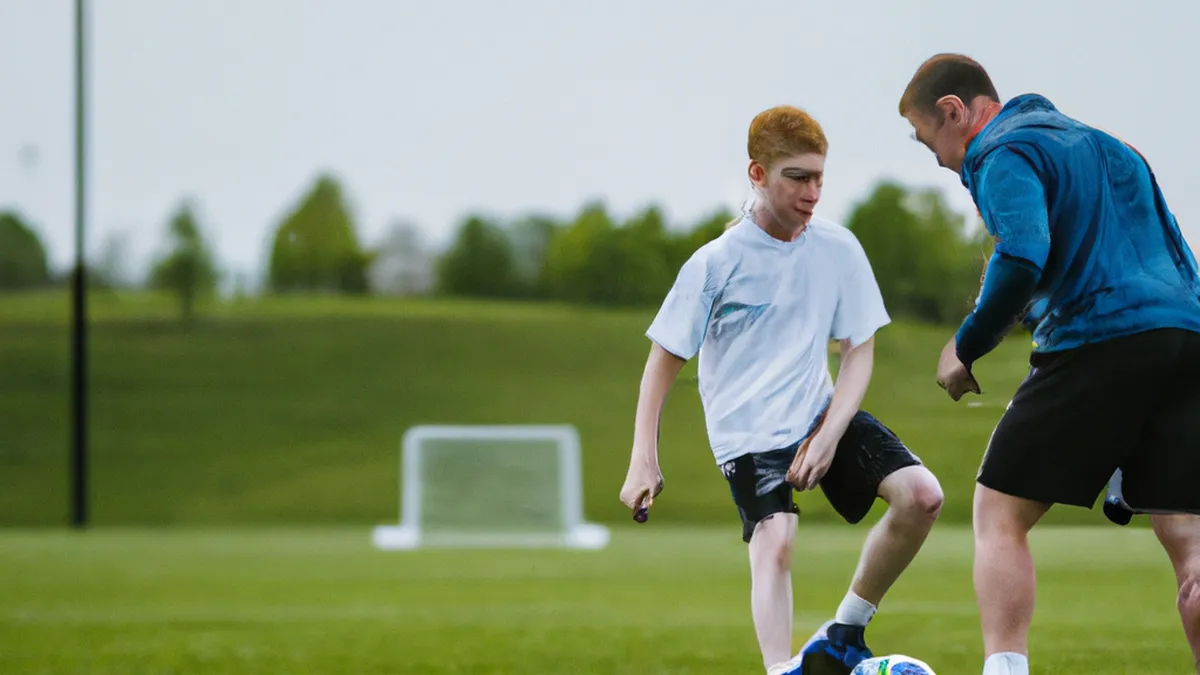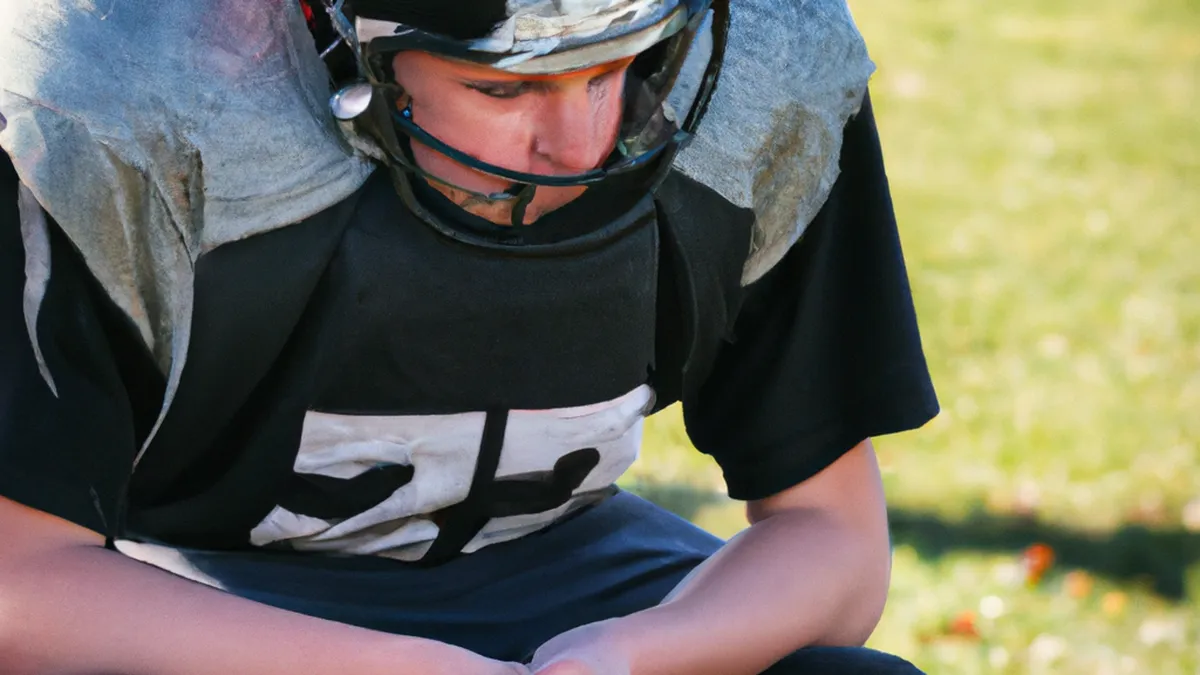Recognize Signs of Concussion in Players
Best Practices for Managing Concussions in Youth Football
As an Amazon Associate I earn from qualifying purchases.
Gear tip: consider agility cones, speed ladder and training hurdles to support this workout.
Youth football offers teamwork, discipline, and fitness. However, it poses concussion risks with serious effects on young athletes. Coaches, parents, and players must prioritize safety and manage concussions proactively. This guide shares best practices for recognizing, responding to, and preventing concussions in youth football.
Recognize the Signs of Concussion
Early identification of concussions minimizes damage. Coaches, parents, and players need education on concussion signs and symptoms. Players may experience headaches, confusion, dizziness, or nausea. They might also show mood swings or behavioral changes.
Common Symptoms to Watch For
1. **Headache or pressure in the head**: Often the most reported symptom.
2. **Confusion or inability to concentrate**: Players may appear disoriented or struggle to recall plays.
3. **Balance problems or dizziness**: Players may have difficulty standing or walking.
4. **Nausea or vomiting**: These symptoms can indicate serious injury.
5. **Sensitivity to light or noise**: Players might feel discomfort in bright or loud environments.
Vigilance about these signs can prevent further injury. Coaches should encourage players to report any symptoms during practices or games. Regular workshops for coaches, parents, and players can enhance awareness and understanding of concussions.
Implement Concussion Protocols
Clear concussion protocols ensure young athletes’ safety. Every team should have a comprehensive plan for responding to suspected concussions. Any player showing signs of a concussion must leave the game or practice immediately. They cannot return without medical clearance from a qualified professional.
Steps to Follow When a Concussion is Suspected
1. **Remove the player from activity immediately**: This is the most crucial first step.
2. **Assess symptoms using a checklist**: Coaches can use standardized assessment tools, like the SCAT5.
3. **Seek medical attention**: A healthcare professional should evaluate the player to assess concussion severity.
4. **Follow return-to-play guidelines**: Players can return only after being symptom-free for a specified period and completing a structured protocol.
These protocols protect players and promote a safety culture within the team. Consistent enforcement builds trust between players and coaches, reinforcing that player health is the top priority.
Educate Players and Parents
Education empowers effective concussion management. Coaches should hold regular meetings with players and parents to discuss concussions.
Conclusion
Prioritizing concussion awareness and safety fosters a healthier youth football environment. Implementing best practices protects young athletes and promotes their well-being.
Below are related products based on this post:
FAQ
What are the common symptoms of a concussion in youth football players?
Common symptoms of a concussion include headaches, confusion, dizziness, nausea, balance problems, mood swings, and sensitivity to light or noise. It’s crucial for coaches, parents, and players to be vigilant about these signs to ensure early identification and minimize damage.
What should be done if a concussion is suspected during a game or practice?
If a concussion is suspected, the player must be removed from activity immediately. Coaches should assess the symptoms using a checklist and seek medical attention for a proper evaluation. The player cannot return to play without medical clearance from a qualified professional.
How can coaches and parents educate themselves and players about concussions?
Coaches and parents can educate themselves and players by holding regular meetings to discuss concussions and their symptoms. Additionally, attending workshops and using standardized assessment tools can enhance their awareness and understanding of effective concussion management.















Post Comment